Main content
Since the Second World War there has been a major improvement in the treatment of burn injuries and wound management. Burn casualties are treated with fluids for management of hypovolemic shock in the first 24 hours which saves many lives. Surgical interventions such as early and aggressive surgical excision of necrotic tissue (also called an eschar) helps to stop infection, and the application of silver dressings is also beneficial to reduce infection rates. On top of that, isolation and other environmental conditions such as specially designed airflow systems prevent cross infections.[1] Nowadays a huge variety of wound dressings enables patients to go home earlier or receive treatment at home. However, burn care and in particular wound dressings and topical agents are expensive.[2]
Burn care in low- and middle-income countries (LMICs) is a challenge because of the huge number of patients and a lack of staff as well as expensive topical agents, silver dressings and gauzes. Often wound dressings and gauzes are not available or of poor quality. Infection is common, which further delays wound healing.[3] Many hospitals and burn centres switch to the use of less expensive topical agents such as tropical fruits like pineapple and papaya if there is necrotic tissue. Other wounds that do not have necrosis are normally treated with ointments such as honey, which has an anti-bacterial effect, or locally prepared Vaseline gauzes.[4,5] Vaseline (petroleum jelly) gauzes, the standard in burn care, create a moist environment which promotes wound healing. If no Vaseline or petroleum jelly is available, palm oil can be a good substitute.[6]
Treatment of deep partial and full thickness burn wounds
Deep partial burns are also referred to as mixed burns. Some areas are partial thickness burns and heal within fourteen days. Areas that are deeper and not healing are assessed for surgical intervention. If wound healing is slow, hyper-granulation of the wound may occur. This will interfere even more with wound healing because deep wounds will only heal from the wound edges.[7] Therefore, hyper-granulation needs to be scraped off during surgery or can be treated with enzymatic debridement (Figure 1).
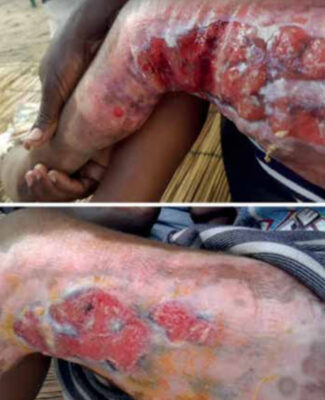
Full thickness burns form a necrotic crust (eschar) that feels leathery on touching and needs to be surgically removed. However, surgery may result in complications such as extensive blood loss.[7] Compared to high-income country (HIC) settings, ensuring good (post-)surgery conditions in LMICs is much more difficult (e.g. accessing a blood bank because of delays in donor blood identification). Also, wounds that need surgery are often infected, which also causes delays because the infection needs to be treated first. In such cases, another option is to start enzymatic debridement to loosen the crust and treat infection.[8]
Papaya treatment in burn management is not well known to health practitioners in LMICs. The fruit comes from the papaya tree (Carica papaya) and is always available throughout Africa and other continents.[9] The fruit contains the enzyme papain that is widely used as meat tenderiser in the food industry.[10] In wounds, it removes slough and necrotic tissue and does not interact with the normal skin. It also prevents infection, and after debridement healthy granulation tissue can develop. This results in reduced operating time and blood loss. It is also known to reduce hyper-granulation in wounds.[8, 9,11] Papaya mash flattens the hyper-granulation and increases wound healing. However, health staff in LMICs often need to be convinced about starting this treatment. “It is a fruit and you are supposed to eat it, so how can it benefit wound healing?” Once they see the improvement, they are enthusiastic.[12] Positive results with both unripe and ripe papaya have been published,[13] although ripe papaya mash is easier to apply and more comfortable for the patient (H Hofland, personal observation).[12]
There are other plants such as kiwi and pineapple that originate from LMICS that enable enzymatic debridement. Pineapple contains bromelain (a mix of enzymes) that is known to reduce inflammation and nasal swelling. In some areas, it is used, for example, in orthopaedics, obstetrics and dentistry as an oral anti-inflammatory treatment similar to non-steroidal inflammatory drugs (NSAIDs), and in wound management to remove slough and necrotic tissue.[14] Although it has the same results as papaya, it is not often used in African burn centres or hospitals, perhaps because it is more expensive and not available all year round, or because the treatment is more painful. The bromelain seems to be more aggressive in removing eschar and slough compared to using papaya.[14]
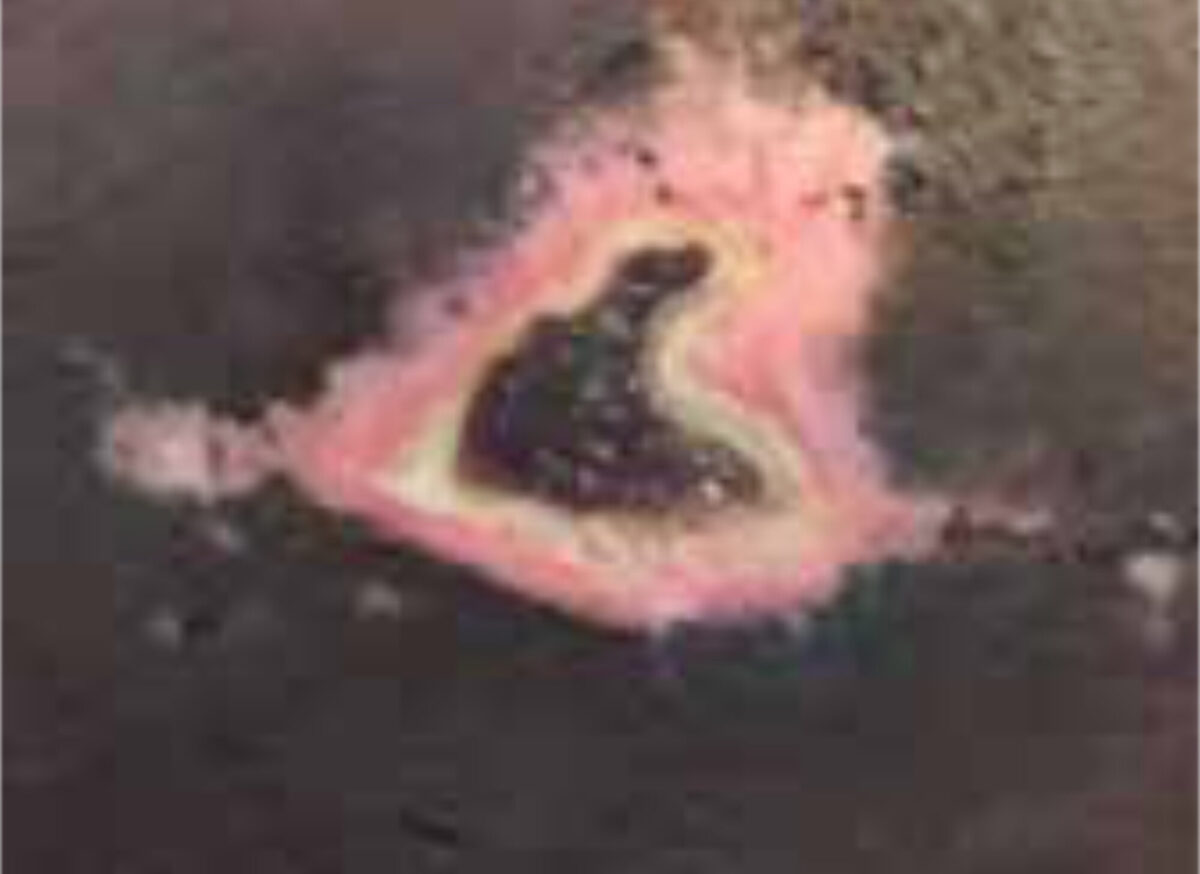
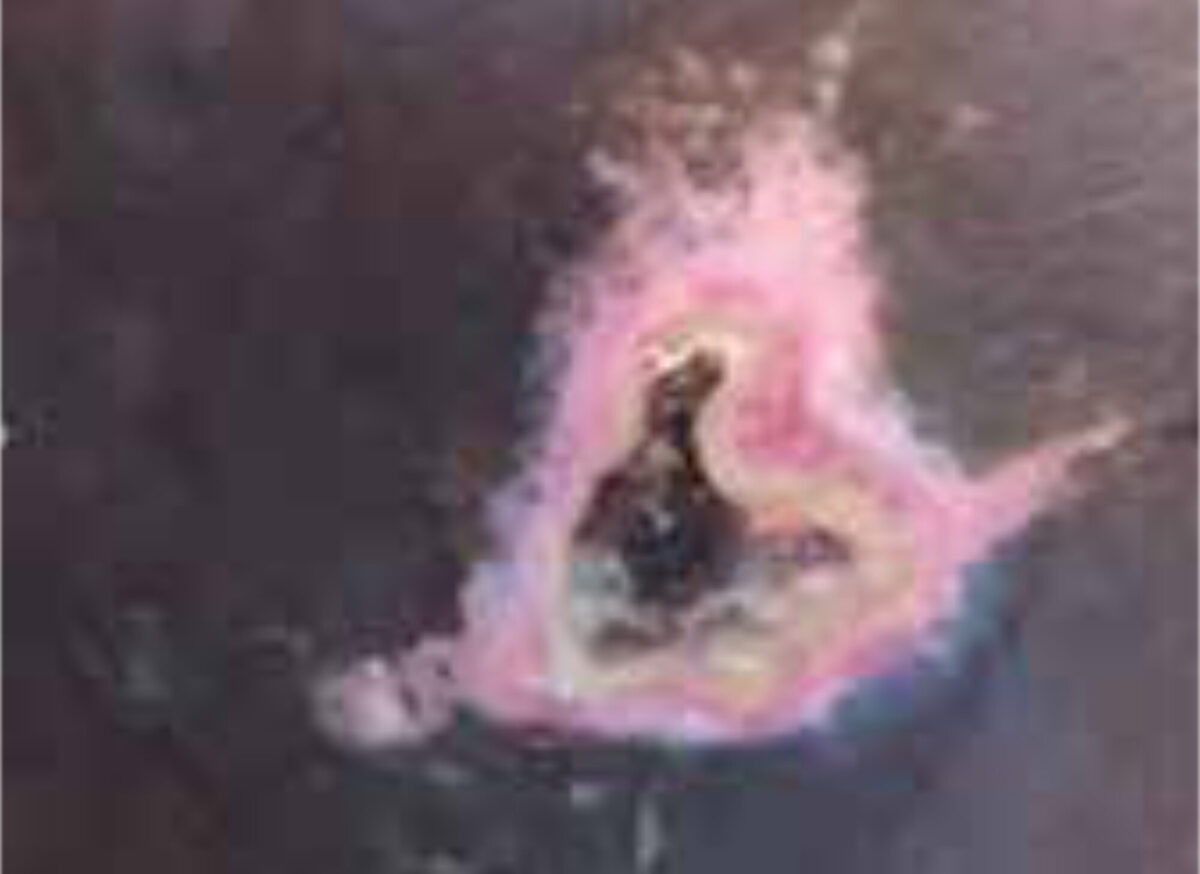
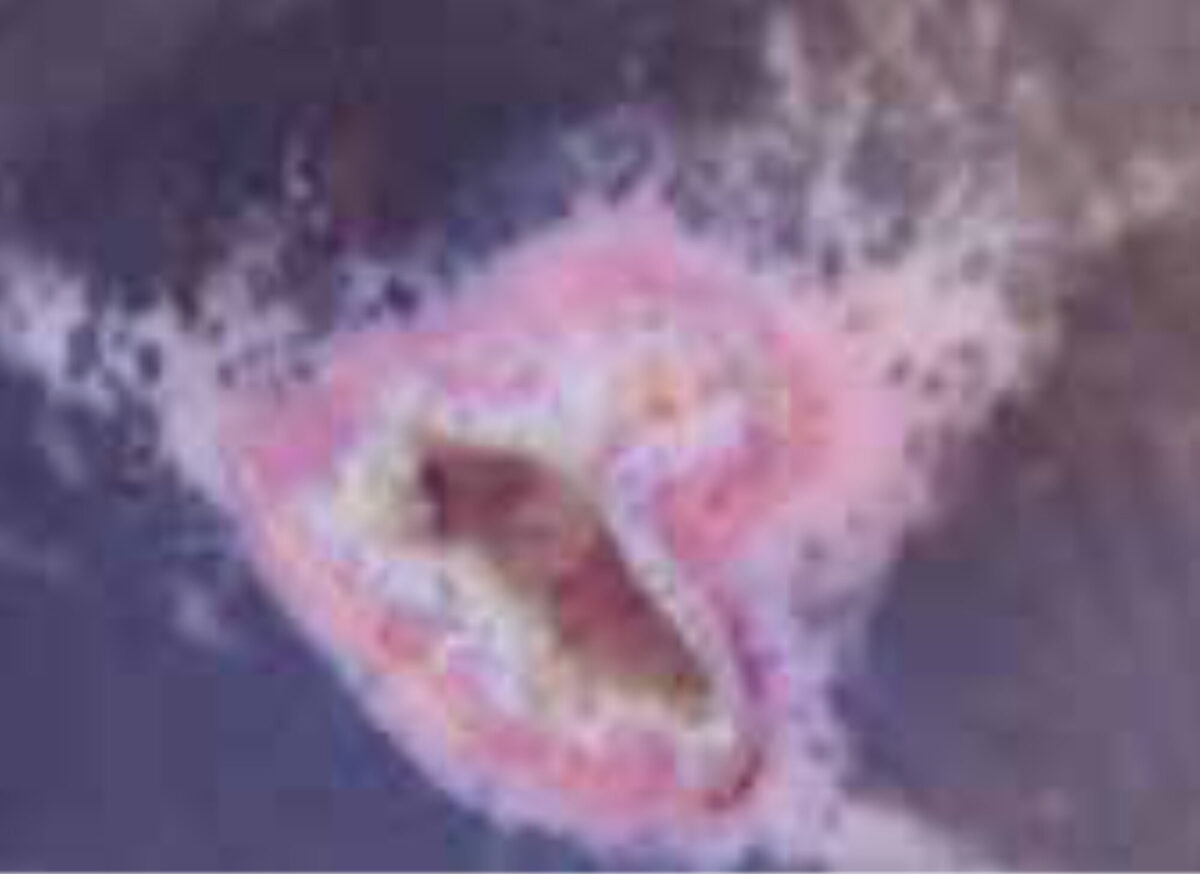
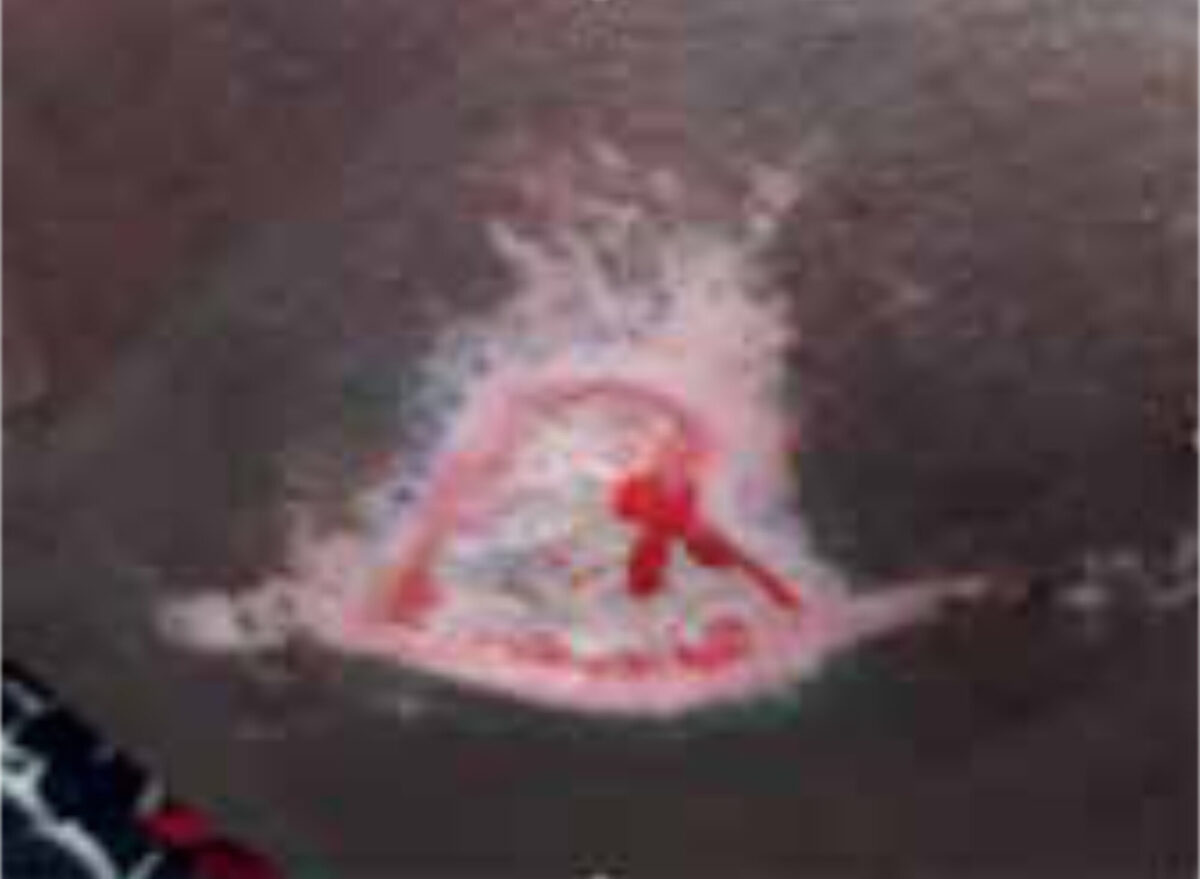
Reverse technology
Honey is one of the agents in wound treatment that has been more widely accepted and embraced by the pharmaceutical industry. In 1991 the first trials with honey dressing were published in HICs although it was already being used in LMICs. The use of honey was already described in ancient Greece and Egypt. Nowadays, impregnated honey gauzes and honey ointment are readily available in HICs.[15,16]
The experience in LMICs with papaya or pineapple has revolutionised the treatment in HICs of necrotic or full thickness burn wounds. MediWound Ltd (Yavne, Israel) developed a new treatment to remove necrotic tissue, a bromelain-based enzymatic debridement (NexoBrid™) based on the enzymes of pineapple. This conservative treatment is likely to replace surgical interventions. NexoBrid™ is now in phase 3 multicentre studies and is used in more than fifteen countries worldwide.[17,18]
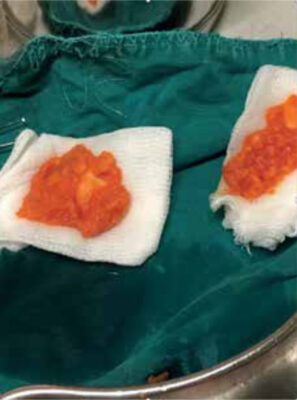
Heitzmann (2020) reported that this enzymatic debridement has become an integral part of burn therapy and even the standard of care in specific burn centres, although it cannot replace surgical intervention altogether.[19] Increased experience showed that it cannot be used on burned feet, because it deepens the wound for unknown reasons. Also, its use on chemical and electrical burns requires further research. On large surfaces, the effects of the bromelain treatment have not been evaluated. One treatment takes four hours, after which the paste is removed. Because of the high enzyme concentration, bromelain treatment is painful; some patients need ICU treatment or anaesthetic nerve blocks. It is time consuming, and extra nursing staff is needed to properly apply and remove the NexoBrid™ paste and to monitor the patient. Furthermore, it is relatively expensive; treatment of a small to medium sized burn injury would cost around 4,000 euros. However, it is generally felt that the advantages heavily outweigh all these potential problems and costs. Overall, the advantages are faster removal of the eschar, reduced blood loss, and the reduced need for skin grafting especially in hand and facial burns. All this contributes to a faster cure and reduced burden on resources.[17-19] Research is ongoing to produce dressings with a combination of papaya and alginates (another promising wound dressing) and dressings with honey and papaya.[20-22]
Conclusion
That the use of enzyme-based therapy from fruits like papaya and pineapple have revolutionised the treatment of burns in HICs, based on experience in LMICs, is quite amazing.[8,9,11] In both settings, these treatments are favourable for promoting wound healing, particularly in case of necrosis or infection. In LMICs these treatments with papaya or pineapple are very cheap and almost universally available and can be applied repeatedly. As a result, the burden on the staff, the need for consumables, and the need for operating capacity are all considerably reduced.
Similar logistical advantages exist in HICs, where NexoBrid™ with a high concentration of enzymes may be used on large areas of burns, potentially with major advantages compared to standard management; this is the subject of ongoing randomised clinical trials. However, this comes at a cost in terms of the need for staff, adequate pain management, and other resources. It is therefore somewhat ironical that these new effective dressings using NexoBrid™ are unlikely to be ever used in the countries where the practice of enzymatic debridement first started.
Panel 1
The healing properties of honey
- anti-bacterial effect
- hyper-osmotic because of high sugar concentration
- low pH and capacity to absorb fluid helps to clean the wound
Preparation of honey paste and application
- Mix with Vaseline, cetomacrogol or ‘ghee’ (clarified butter) (1:2)
- Vaseline should be sterile or sterilised
- Apply paste on Vaseline impregnated gauze
- Leave on the wound for 2-4 days
Panel 2
Properties of papaya
- contains the enzyme papain, normally used as meat tenderiser
- beneficial for a variety of skin problems
- in burn care, the properties for enzymatic debridement are used
- removes thick necrosis and hyper-granulation and even dirty wounds can benefit from papaya treatment
- also has anti-bacterial properties that increase wound healing
Preparation and application
- Make a mash from the ripe papaya (not the seeds)
- Keep it refrigerated
- Put the papaya mash on a dry gauze
- Administer it to the wound
- Change daily
Panel 3
Bromelain-based enzymatic debridement (nexobrid™)
- licensed for total wound area of 15% total body surface area (TBSA)
- wound needs to be cleaned including removal of blisters
- adequate analgesia needs to be given before, during and after the procedure
- treatment contains a powder that is mixed with a jelly
Preparation and application
- Paste (1.5-3 mm thick) is applied on the wound and left for 4 hours
- After 4 hours the paste is scraped off and wiped with a large sterile dry gauze followed by a normal saline dressing until the bleeding points are seen.
- Then an antibacterial soaked dressing is applied and left for 2 hours.
- After this treatment, the wound is dressed before a permanent or temporary skin substitute is in place.[17,18]
References
- Klasen HJ. History of burns. Rotterdam: Erasmus Publishing; 2004.
- Hop MJ, Polinder S, Van der Vlies CH, et al. Costs of burn care: a systematic review. Wound Repair Regen. 2014 Jul-Aug;22(4): 436-50. doi:10.1111/wrr.12189
- Albertyn R, Numanoglu A, Rode H. Pediatric burn care in Sub-Saharan Africa. Afr J Trauma. 2014;3(2):61-7. doi: 10.4103/1597-1112.154921
- Atiyeh B, Masellis A, Conte C. Optimizing burn treatment in developing low-and middle-income countries with limited health care resources (part 2). Ann Burns Fire Disasters. 2009 Dec 31; 2(4):189-95
- Jull A, Cullum N, Dumville JC, et al. Honey as a topical treatment for wounds. Cochrane Database Syst Rev. 2015 Mar 6;(3):CD005083. doi: 10.1002/14651858.CD005083.pub4
- Chan P. A local replacement of tulle gras using palm oil-soaked gauzed. Trop Doct. 2004 Jan;34(1):25. doi: 10.1177/004947550403400111
- ISBI Practice Guidelines Committee, Steering Subcommittee, Advisory Subcommittee. ISBI Practice Guidelines for Burn Care. Burns. 2016 Aug;42(5):953-1021. doi: 10.1016/j.burns.2016.05.01
- Starley IF, Mohammed P, Schneider G, et al. The treatment of paediatric burns using topical papaya. Burns. 1999 Nov;25(7):636-9. doi: 10.1016/S0305-4179(99)00056-x
- Nayak BS, Ramdeen R, Adogwa A, et al. Wound-healing potential of an ethanol extract of Carica papaya (Caricaceae) seeds. Int Wound J. 2012 Dec;9(6):650-5. doi: 10.1111/j.1742-481Χ.2011.00933.x
- Ribeiro WO, Ozaki MM, Dos Santos M, et al. Interaction between papain and transglutaminase enzymes on the textural softening of burgers. Meat Sci. 2021 Apr;174:108421. doi: 10.1016/j.meatsci.2020.108421
- Vasuki V, Thanmaran NB, Vimalakaran B, et al. Comparative study of papaya dressing versus normal saline dressing in healing of ulcers. Int Surg J. 2017 Apr;4(4):1209-16. doi: 10.18203/2349-2902.isj20171020
- Hofland H, Van der Loo R. Een verpleegkundig team opzetten voor wondzorg in een ziekenhuis in Rwanda, is dat mogelijk? WCS Nieuws. 2019;35(2):34-7
- Nafiu AB, Rahman MT. Anti-inflammatory and antioxidant properties of unripe papaya extract in an excision wound model. Pharm Biol. 2015 May;53(5):662-71. doi: 10.3109/13880209.2014.936470
- Muhammad ZA, Ahmad T. Therapeutic uses of pineapple-extracted bromelain in surgical care: a review. J Pak Med Assoc. 2017 Jan;67(1):121-5
- Moore OA, Smith LA, Campbell F, et al. Systematic review of the use of honey as a wound dressing. BMC Complement Altern Med. 2001;1:2. doi: 10.1186/1472-6882-1-2.
- Mandal MD, Mandal S. Honey: its medical property and antibacterial activity. Asian Pac J Trop Biomed. 2011 Apr;1(2):154-60. doi:10.1016/S2221-1691(11)60016-6
- Loo YL, Goh BKL, Jeffery S. An overview of the use of bromelain-based enzymatic debridement (Nexobrid®) in deep partial and full thickness burns: appraising the evidence. J Burn Care Res. 2018 Oct 23;39(6):932-8. doi: 10.1093/jbcr/iryo09
- Hirche C, Kreken S, Dheansa B, et al. Eschar removal by bromelain based enzymatic debridement (Nexobrid®) in burns: European consensus guidelines update. Burns. 2020 Jun;46(4):782-96. doi: 10.1016/j.burns.2020-03-002
- Heitzmann W, Fuchs PC, Schiefer JL. Historical perspectives on the development of current standards of care for enzymatic debridement. Medicina (Kaunas). 2020 Dec 17;56(12):706. doi: 10.3390/medicina56120706
- Moreira Filho RNF, Fittipaldi Vasconcelos N, Andrade FK, et al. Papain immobilized on alginate membrane for wound dressing application. Colloids Surf B Biointerfaces. 2020 Oct;194:111222. doi 10.1016/j.colsurfb.2020.111222.
- Hussain F, Khurshid MF, Masood R, et al. Developing antimicrobial calcium alginate fibres from neem and papaya leaves extract. J Wound Care. 2017 Dec 2;26(12):778-83. doi: 10.12968/jowc.2017.26.12.778.
- Balaji A, Jaganathan SK, Fauzi Ismail A, et al. Fabrication and hemocompatibility assessment of novel polyurethane-based bio-nanofibrous dressing loaded with honey and papaya extract for the management of burn injuries. Int J Nanomedicine. 2016 Sep 2;11:4339-55. doi: 10.2147/IJN.S112265



















































